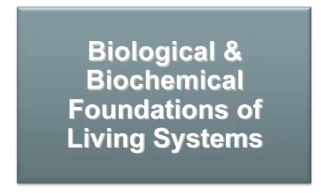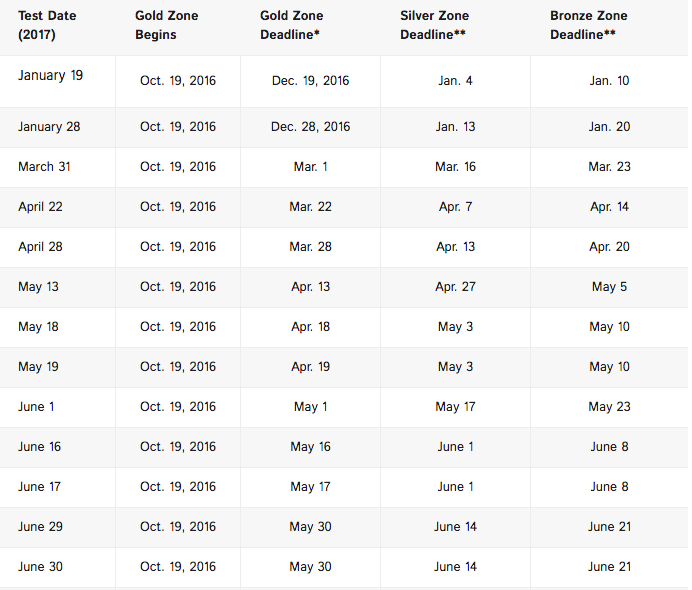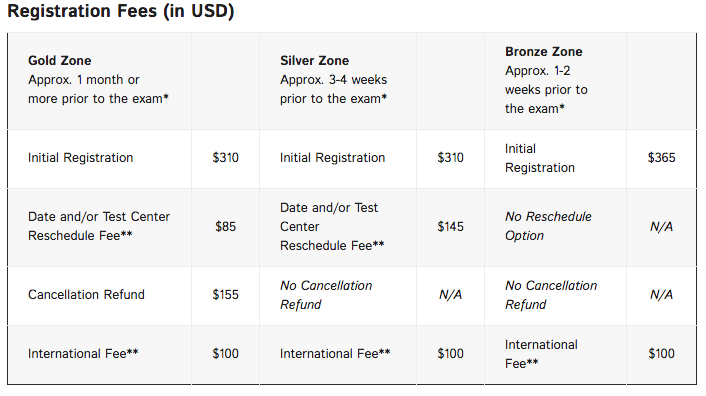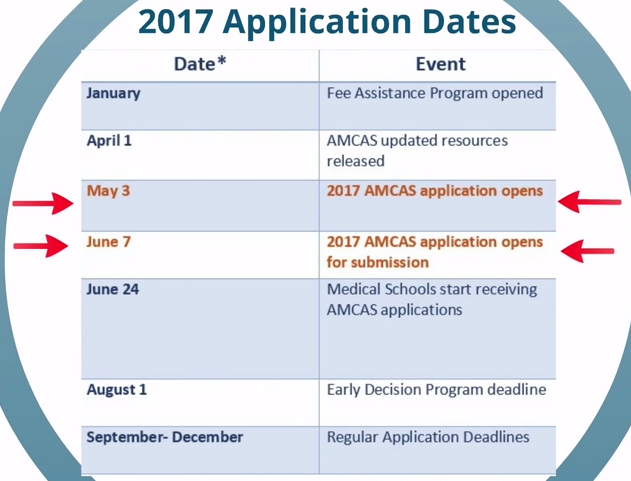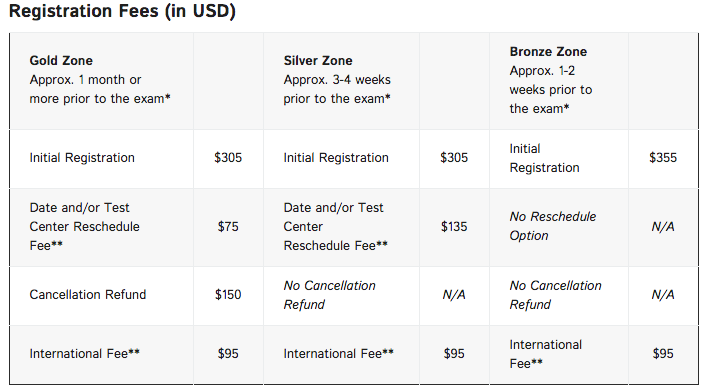This is Part 1 of a series of breakdown posts that will outline the MCAT.
We’ve actually done a series like this before but since then we’ve learned a lot more about the test and here at MCAT Cracker we like to keep you up to date with the latest and greatest. So without further ado… Biological & Biochemical Foundations of Living Systems!
59 Passage-based & Freestanding Questions in 95 Minutes
The corresponding coursework related to this section and approximated breakdown looks like:
- Introductory Biology, 65%
- First-semester Biochemistry, 25%
- General Chemistry, 5%
- Organic Chemistry, 5%
Note: the AAMC has suggested that the MCAT is organized around related foundational concepts rather than simply the disciplines. The key thing to remember in all this is the integration.
It is NOT only your knowledge of biological and biochemical living systems being tested but also your skills with scientific inquiry, reasoning, research practices and procedures, as well as statistics. Keeping these things in mind now let’s take a closer look at the three foundational concepts this section of the MCAT is built upon…
Foundational Concept 1
The structures and functions of the biomolecules in cells must work in harmony within an ever-changing environment to ensure proper functioning of a living system. This foundational concept focuses on how the major biochemical, genetic, and molecular functions of the cell support health and lead to disease.
This concept is 55% of the Biological & Biochemical Foundations of Living Systems Section
Within this concept, let’s zoom into each of the Content Categories click through and explore the AAMC guides to each category below
- Content Category 1A : Structure and function of proteins and their constituent amino acids
- Content Category 1B : Transmission of genetic information from the gene to the protein
- Content Category 1C : Transmission of heritable information from generation to generation
- Content Category 1D : Principles of bioenergetics and fuel molecule metabolism
Foundational Concept 2
Here the focus is on how cells grow and integrate to form tissues and organs that carry out essential biochemical and physiological functions.
This concept is 20% of the Biological & Biochemical Foundations of Living Systems Section
- Content Category 2A : Assemblies of molecules & cells within single & multicelluar orgs
- Content Category 2B : Structure, growth, physiology, & genetics of prokaryotes & viruses
- Content Category 2C : Processes of cell division, differentiation, & specialization
Foundational Concept 3
The first foundational concept focuses on biomolecules in cells and then in the second concept we zoom out and focus on cells themselves. Now we zoom out even further and look at the tissue. This foundational concept is concerned with how the body responds to internal and external stimuli to support homeostasis and the ability to reproduce.
This concept is 25% of the Biological & Biochemical Foundations of Living Systems Section
- Content Category 3A : Structure and functions of nervous and endocrine systems
- Content Category 3B : Structure and integrative functions of main organ systems
These foundational concepts can seem dense and overwhelming but with MCAT Cracker you can be fully equipped with these building blocks that make up the Biological and Biochemical of Living Systems section of the MCAT.


